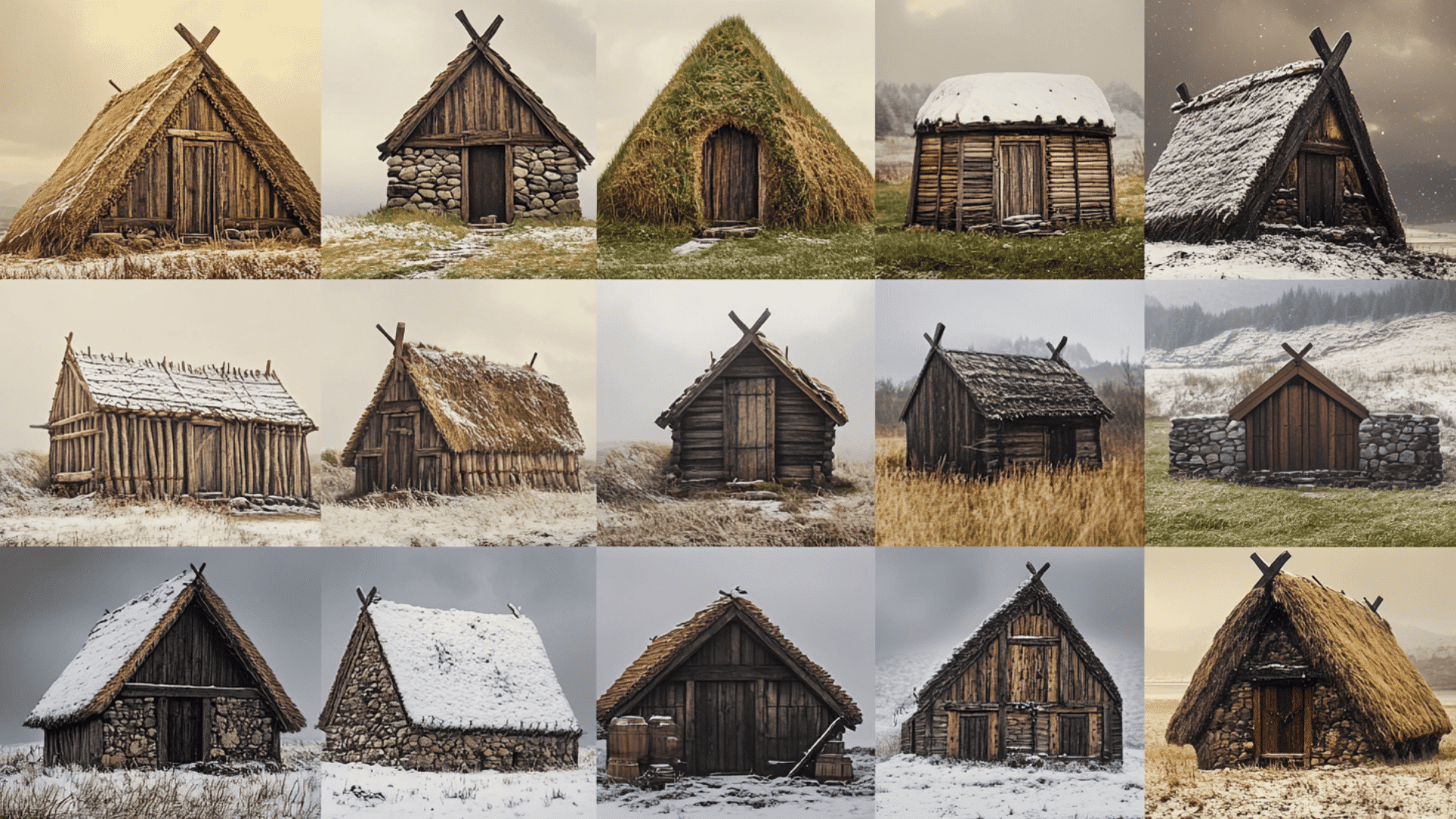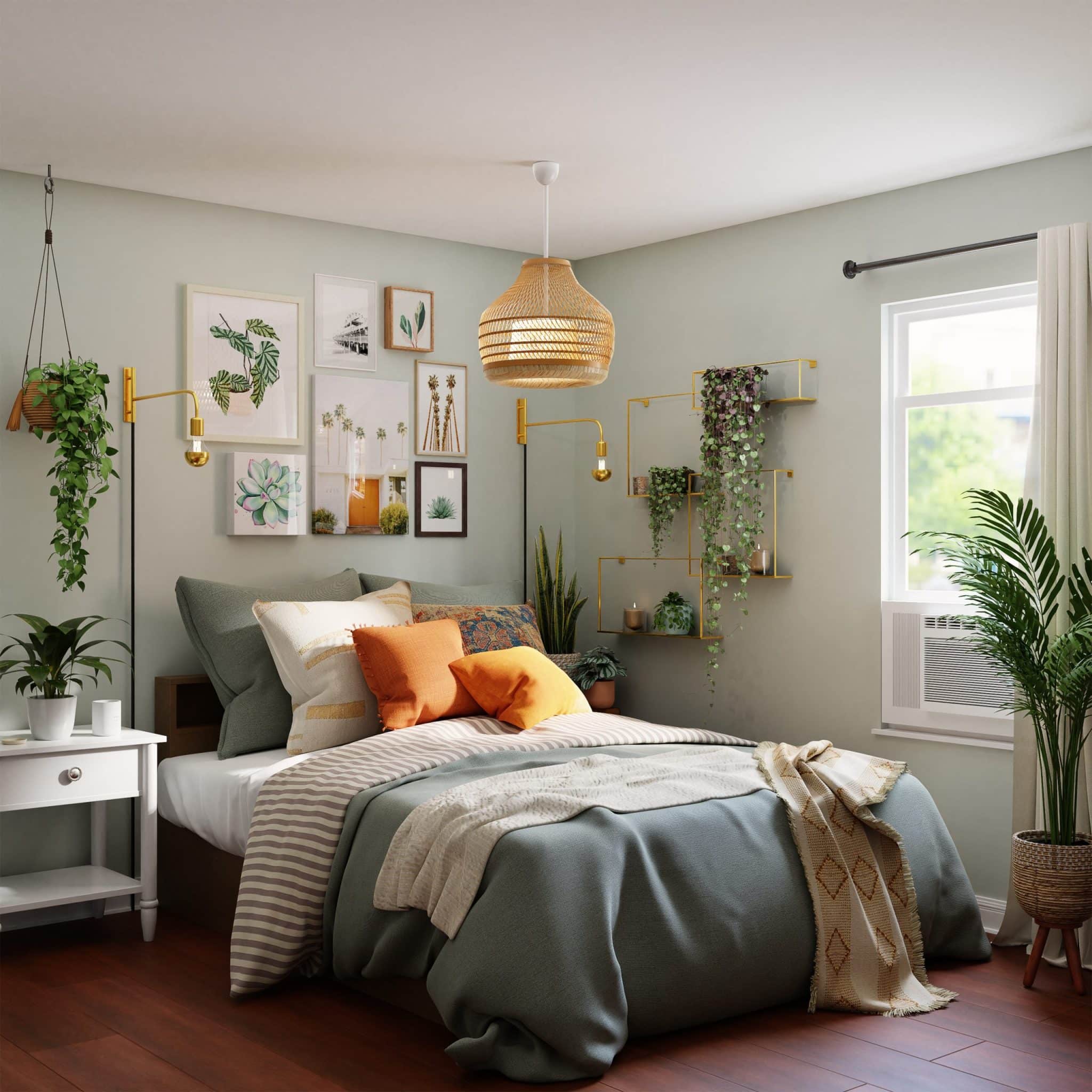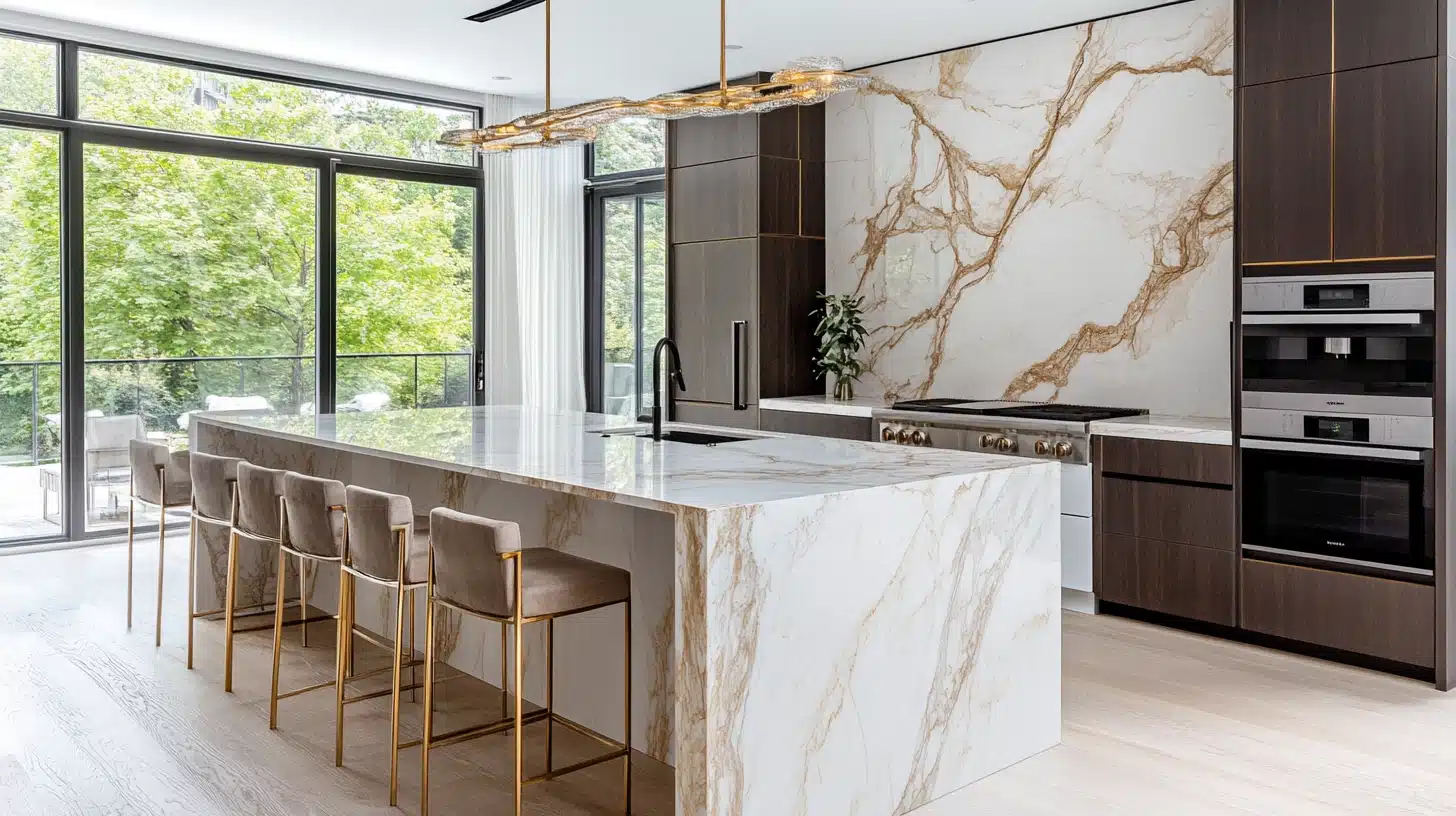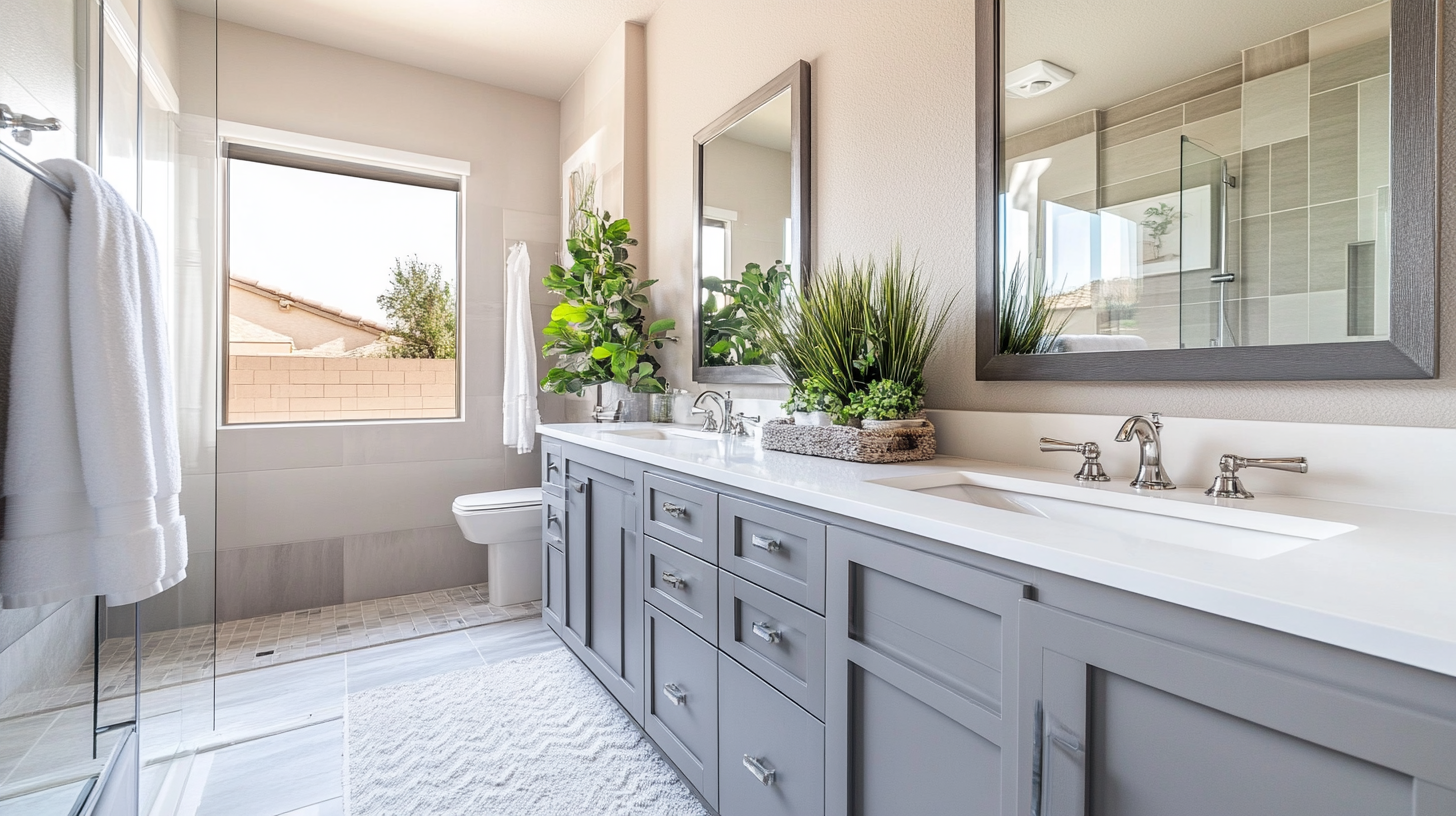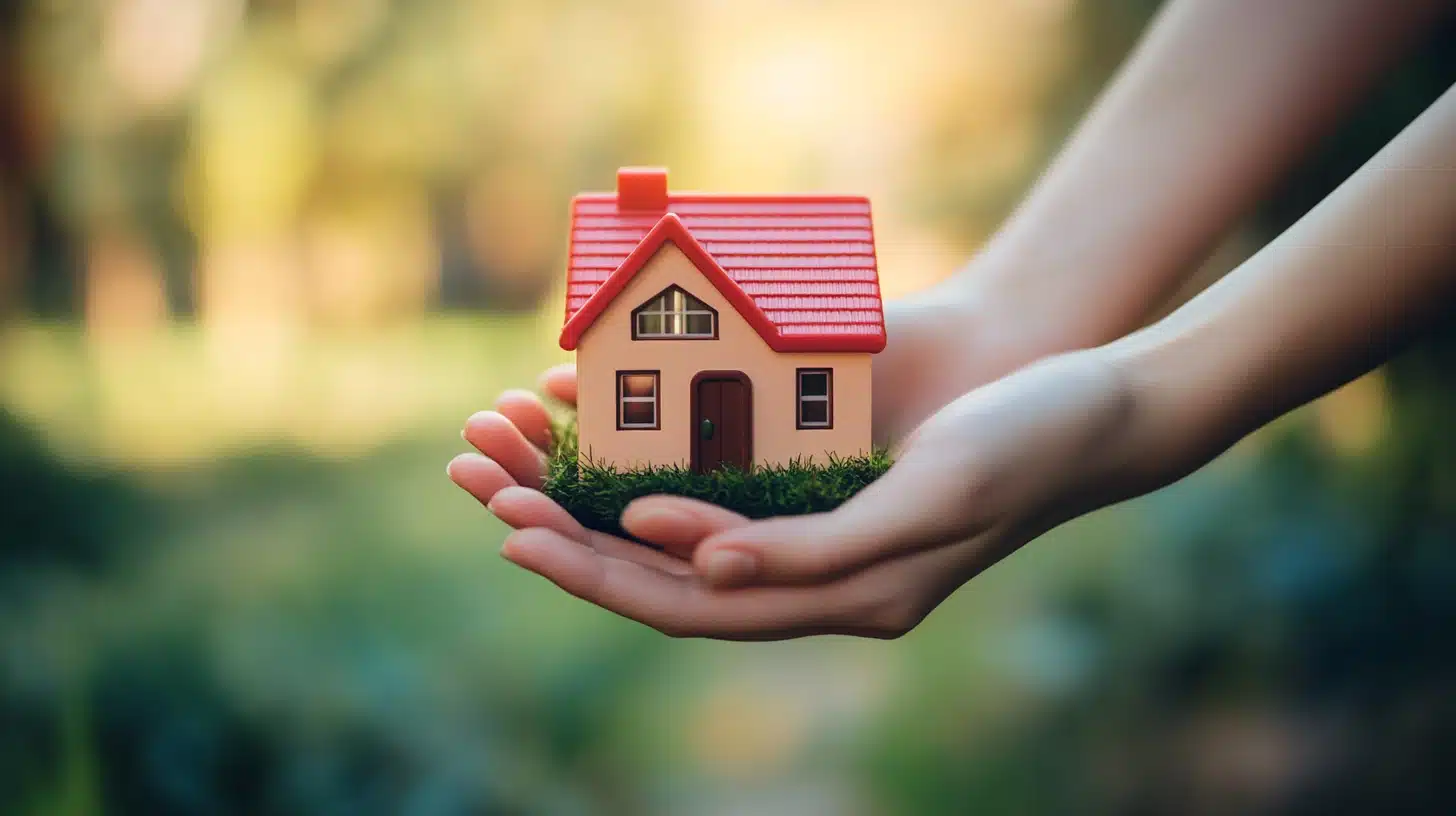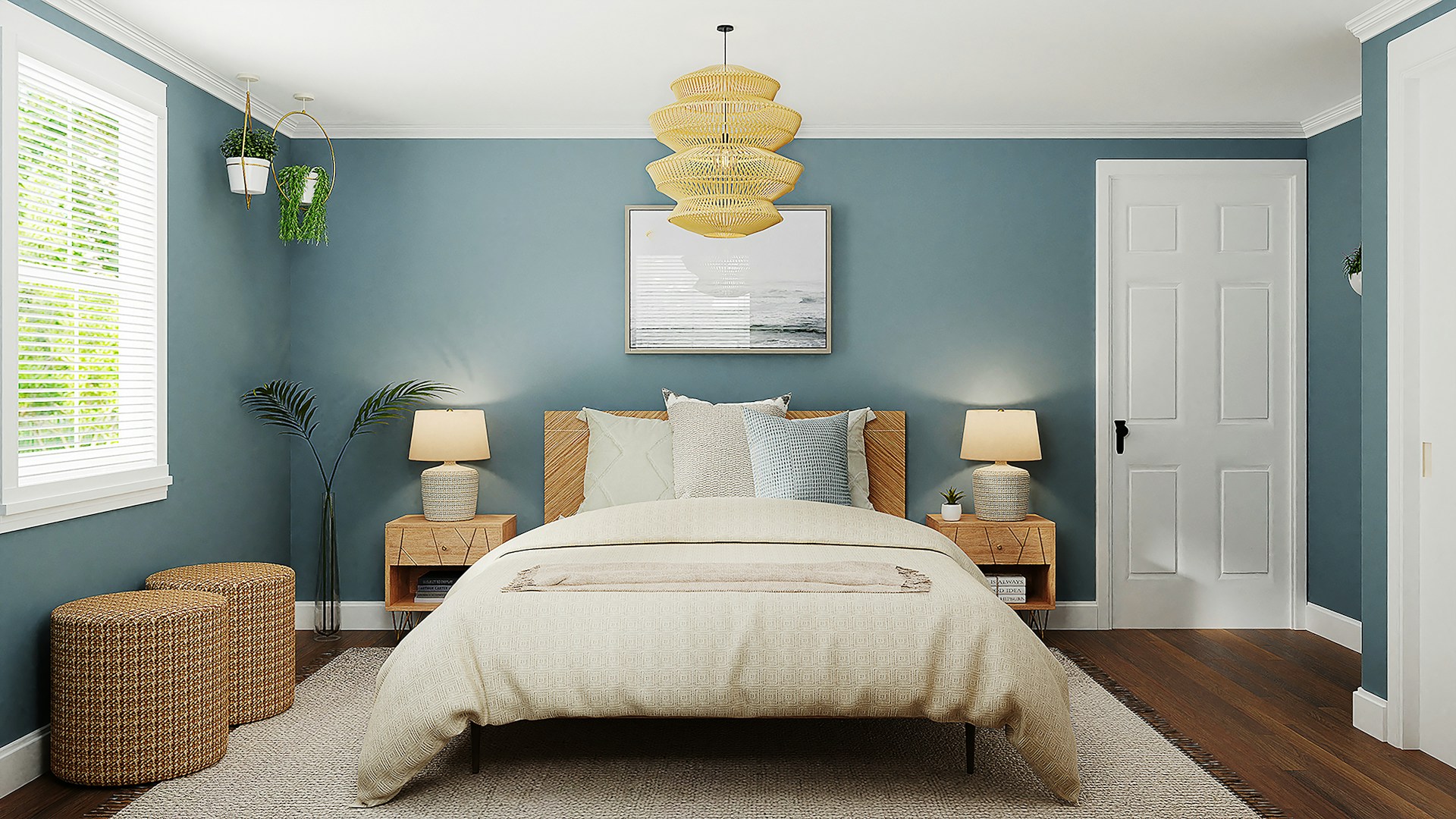Top 10 Real Viking Houses You Can Still Visit Today
Viking houses weren’t just places to live—they were built to survive cold winters and a tough way of life.
Most of them are gone now, lost to time and decay. But a few still stand, and some have even been carefully rebuilt.
You can actually walk through the remains of real Viking homes, built over 1,000 years ago.
In this guide, we’ll take you to the places where Viking history still lives.
You’ll find real sites in:
- Norway
- Denmark
- Iceland
- Germany
- The United Kingdom
If you’ve ever wondered how Vikings lived, these places will bring you closer than any museum ever could.
What Viking Homes Were Really Like
Viking homes were built for survival and community. The most common style was the longhouse—long, narrow buildings made from timber with thatched or turf roofs.
Inside, a central hearth provided heat and cooking. Families often shared the space with animals, especially in winter. There were no separate rooms, just sleeping and living areas divided by simple partitions.
Other home styles depended on location:
-
Turf houses: Common in Iceland, built with grass and earth for insulation
-
Pit houses: Dug partially into the ground for warmth, used in colder regions
-
Stone footings: Found in areas where timber was scarce, adding stability and strength
Each region adapted to local weather, resources, and Viking lifestyle.
Real Viking Houses Still Standing Today
Let us take a look at authentic Viking houses before you plan your next trip to see them for yourself.
1. Borg Longhouse Ruins (Norway)
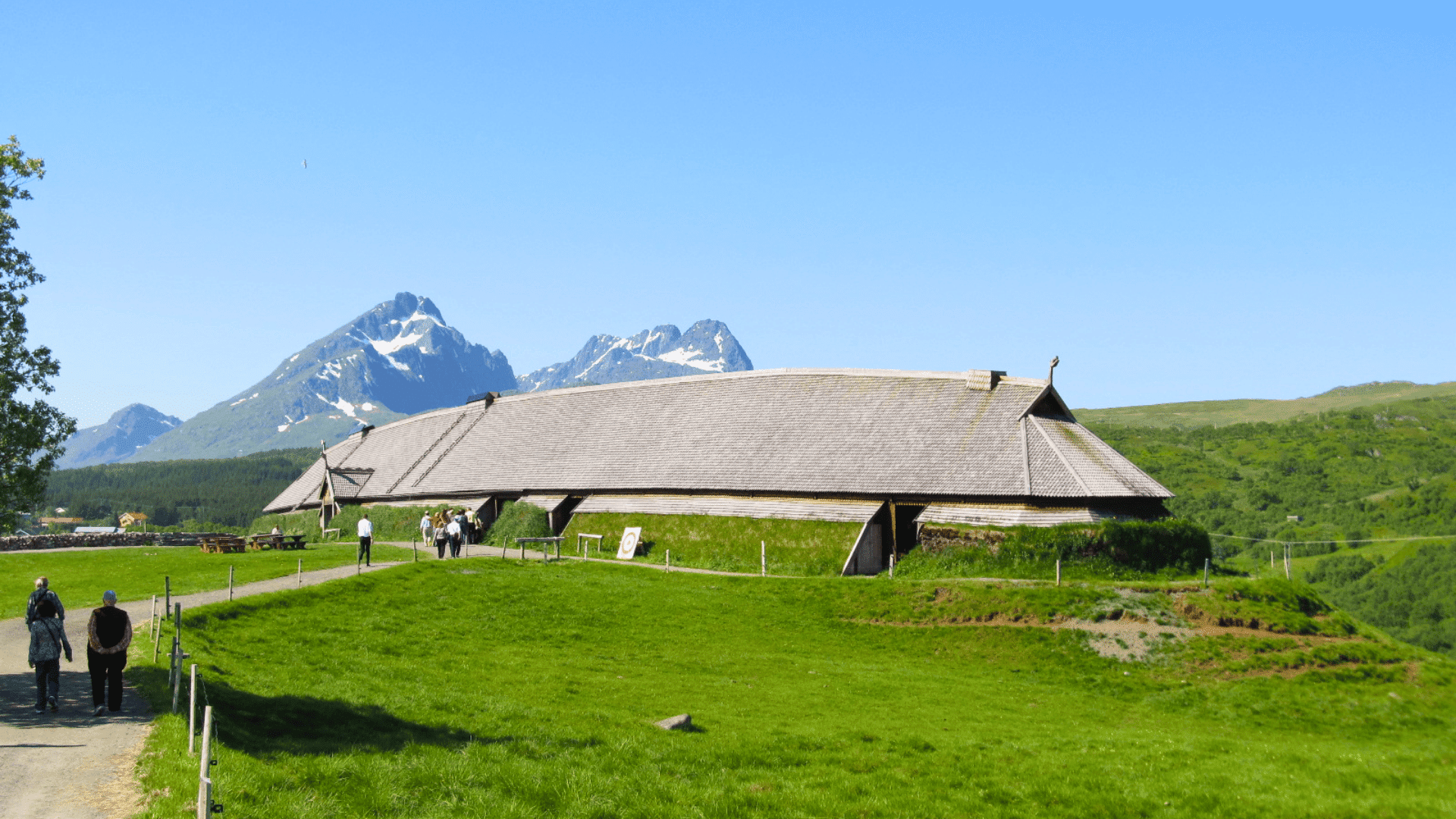
This site once held a massive chieftain’s longhouse, the largest ever found in Norway. It shows how Viking leaders lived—with power, space, and community gatherings.
A full-scale replica nearby gives visitors the chance to step into Viking life.
-
Type: Chieftain’s house
-
Access: Reconstruction at Lofotr Viking Museum
2. Gjellestad Longhouse (Norway)
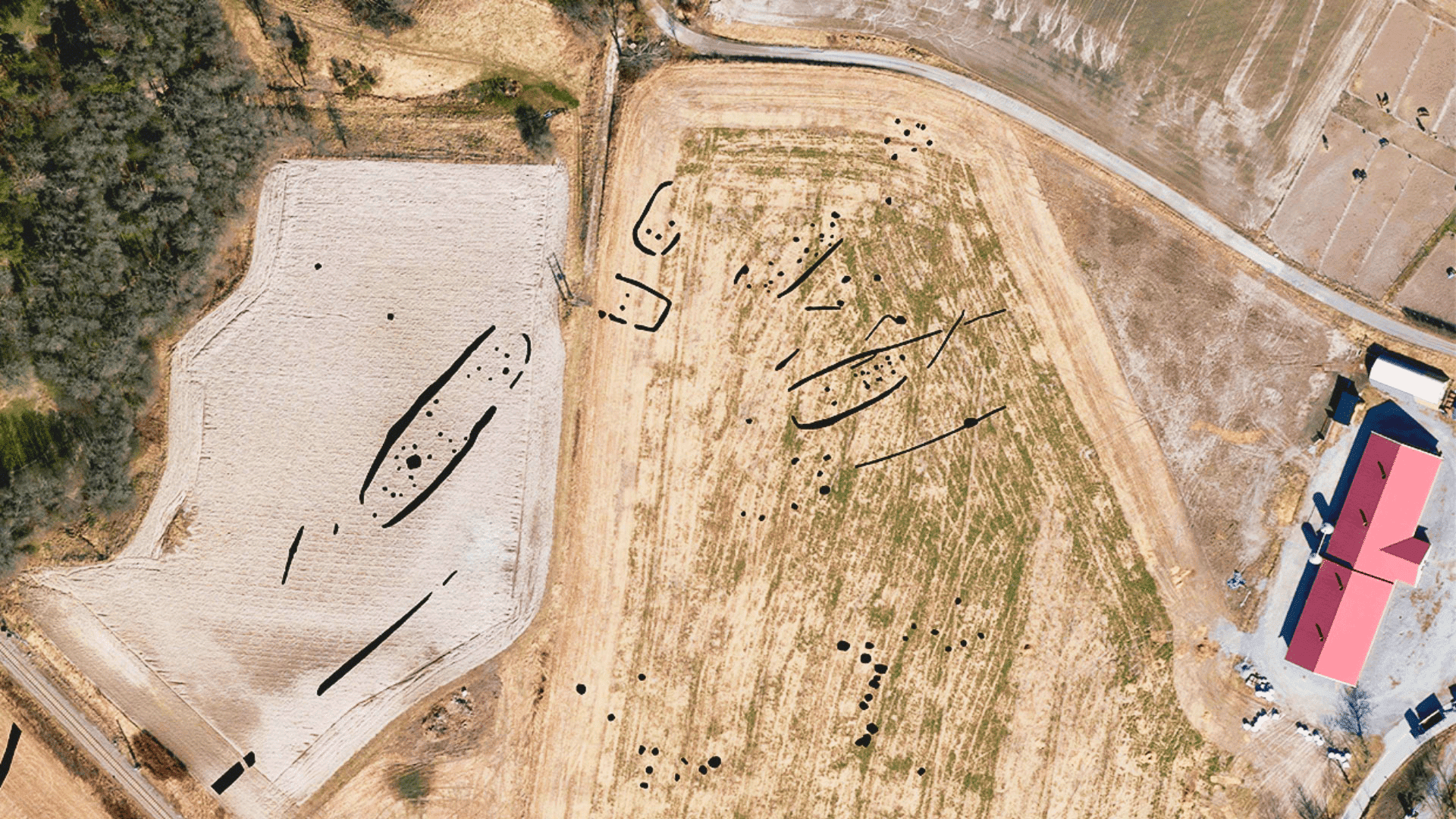
Gjellestad is a recent discovery and has quickly become one of the most important Viking finds.
The longhouse is thought to be over 60 meters long and connected to royal burial grounds. Excavation is still in progress.
-
Type: Elite longhouse
-
Access: Site visible, limited visitor access
3. Trelleborg Fort Houses (Denmark)
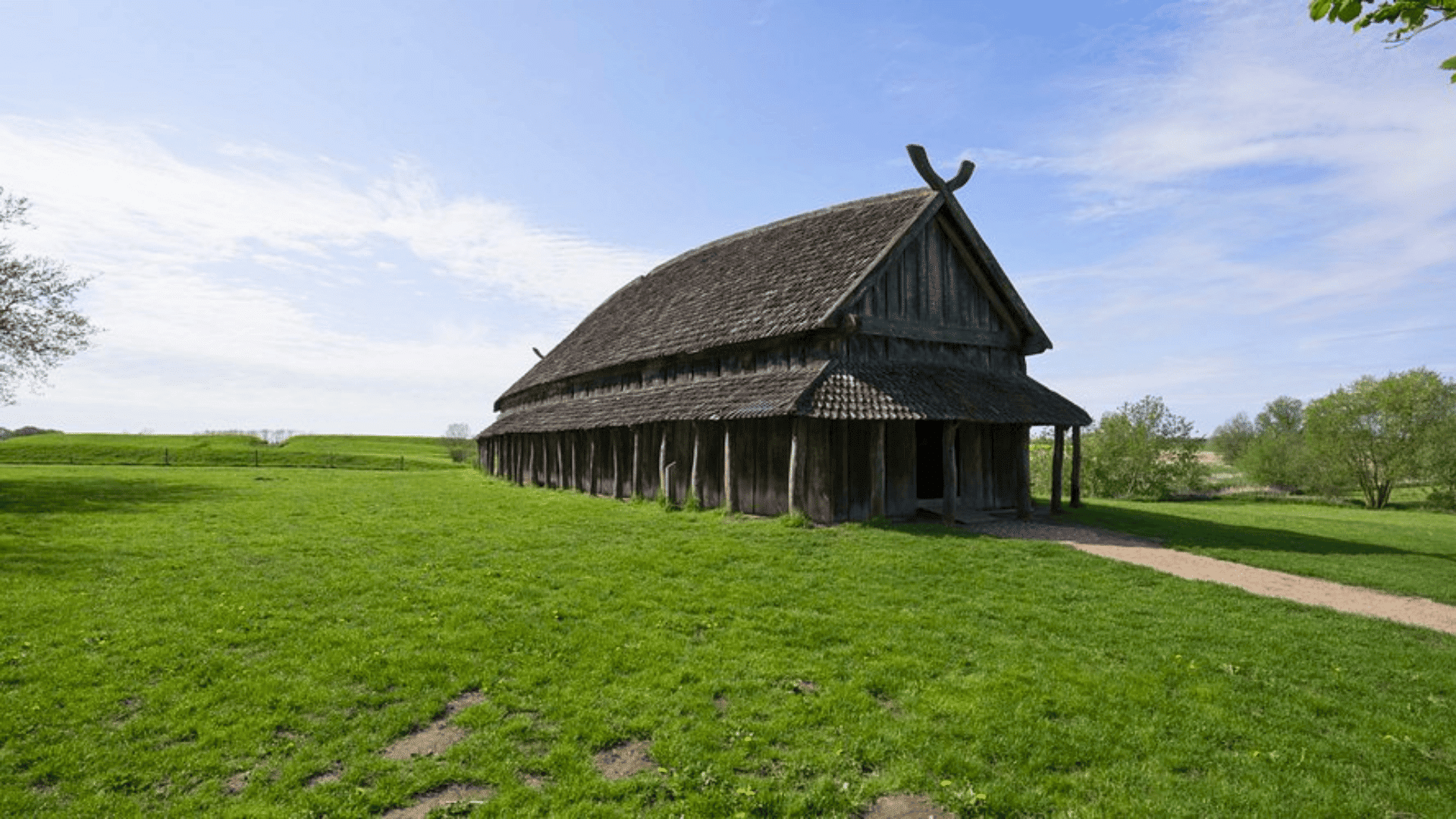
Built as part of Denmark’s ring fort system, Trelleborg features the remains of Viking houses once used by warriors. Replicas now stand inside the fortress, showing how military and daily life worked side by side.
-
Type: Fortress housing
-
Access: On-site reconstructions and museum
4. Hedeby House Foundations (Germany)
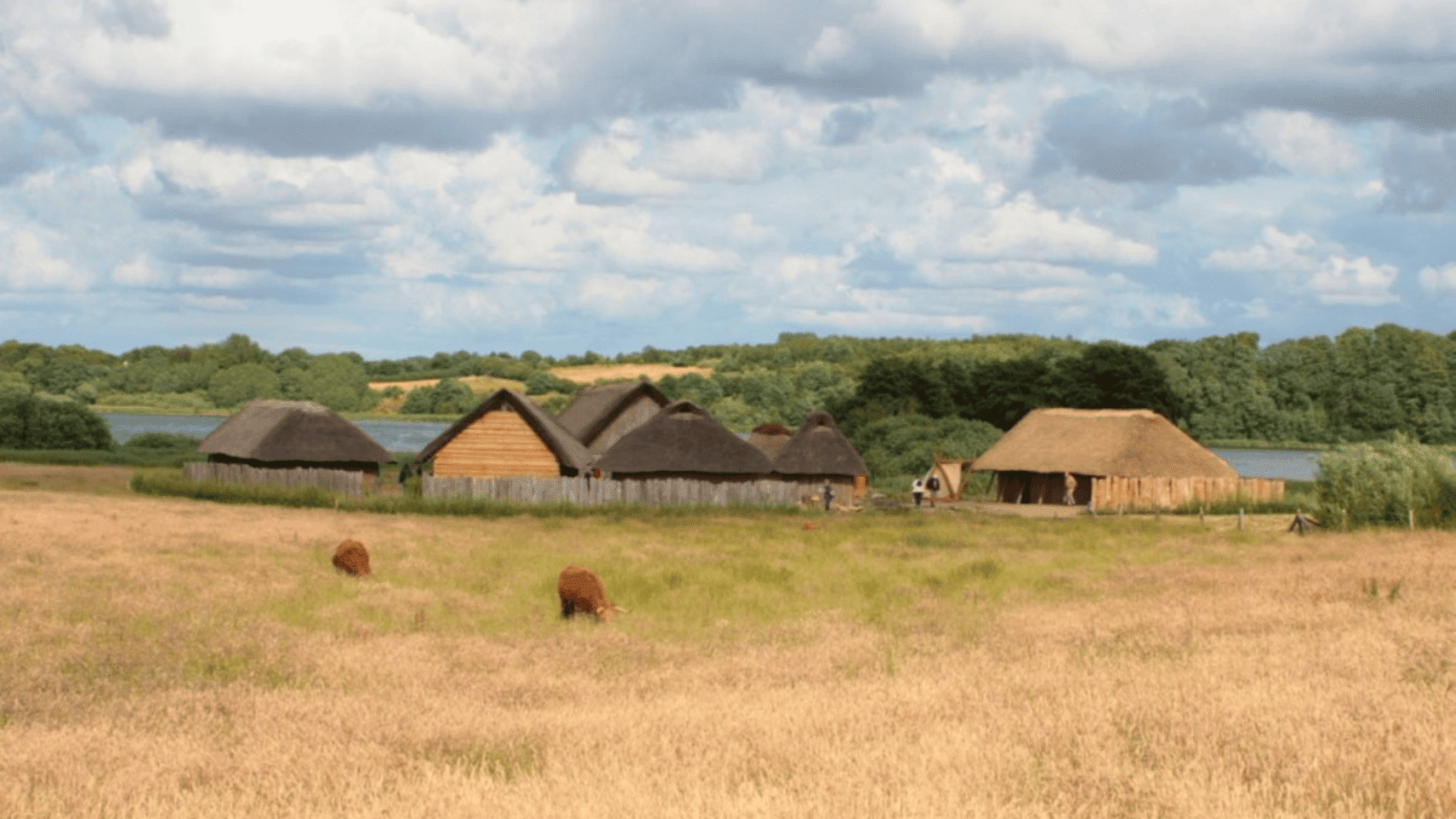
Hedeby was one of the busiest Viking trade centers in Europe. It was packed with homes, shops, and roads. The site now includes rebuilt houses that show how towns were organized during the Viking Age.
-
Type: Urban homes
-
Access: Reconstructed buildings and visitor trails
5. Jorvik Viking Homes (United Kingdom)
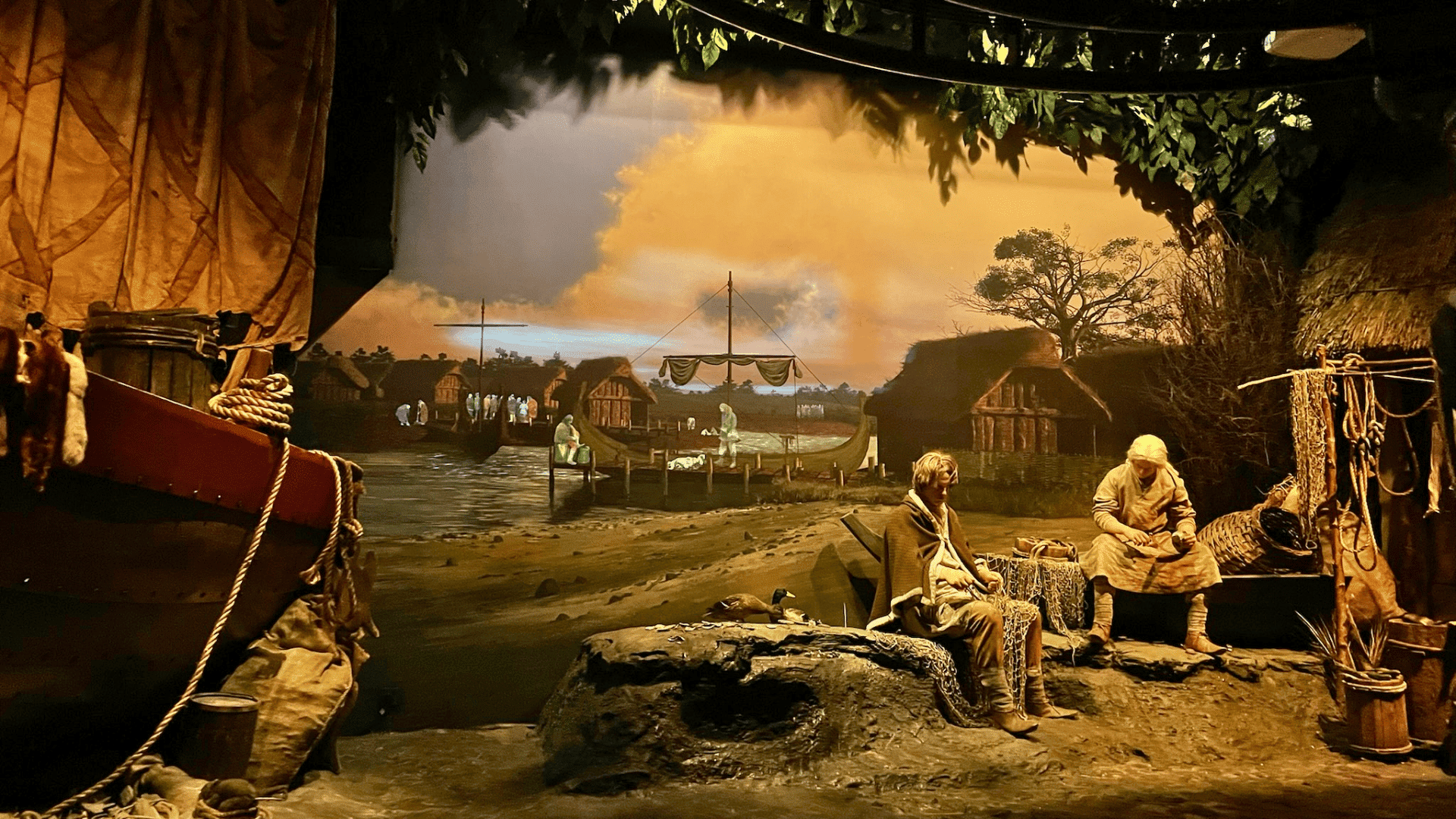
Beneath modern York lie the remains of the Viking city of Jorvik. Homes, streets, and tools were unearthed in excellent condition. The Jorvik Viking Centre lets you walk through recreated homes based on those finds.
-
Type: City dwellings
-
Access: Full reconstructions in a museum setting
6. Glaumbær Farm Turf Structures (Iceland)
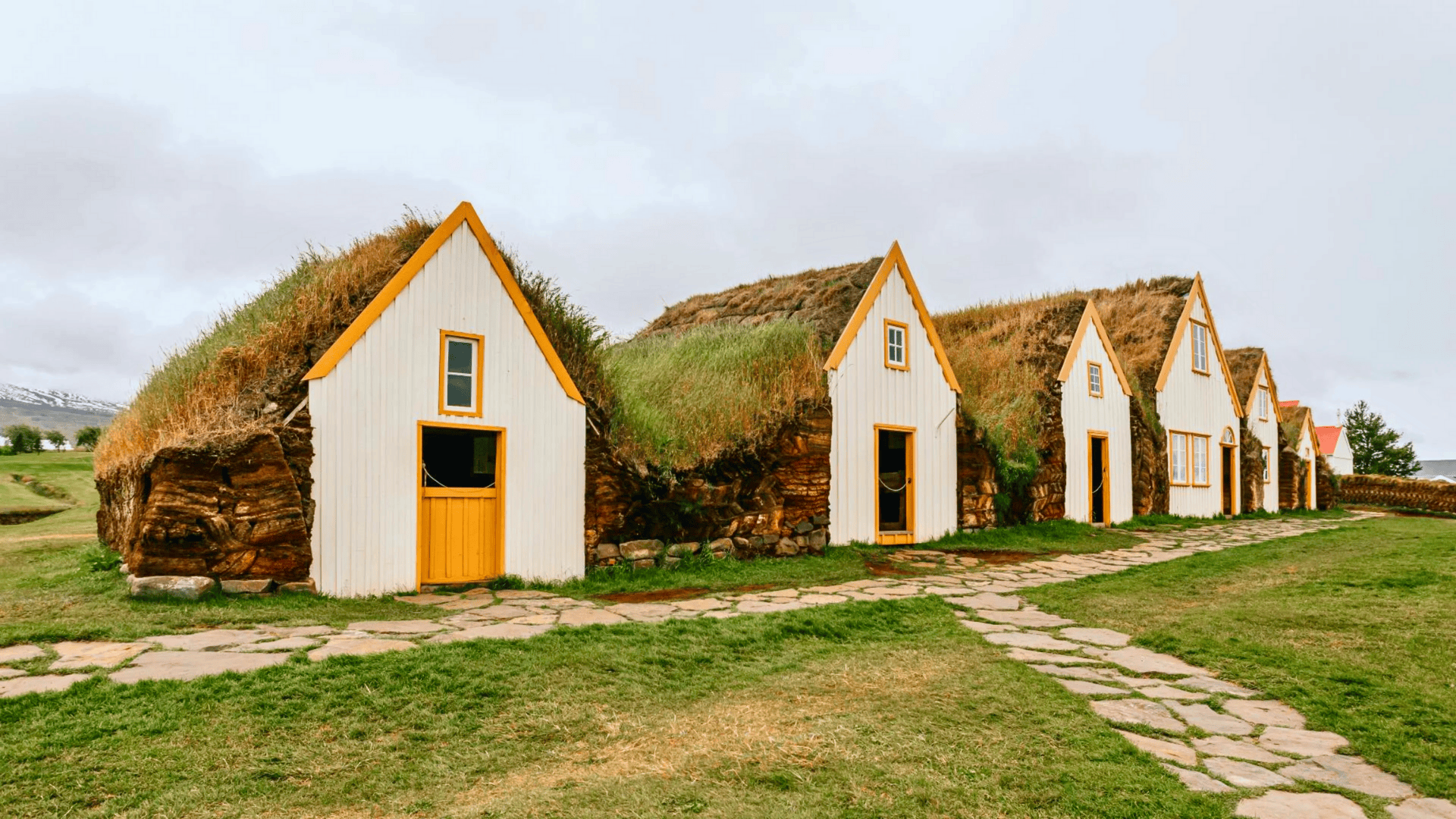
These turf houses show how Viking-era building styles shaped later Icelandic farms.
Their thick walls and low frames protected families from snow and wind for centuries. While post-Viking, the designs follow Viking traditions.
-
Type: Rural turf homes
-
Access: Preserved farm buildings open to visitors
7. Reykjavik Turf House Remains (Iceland)
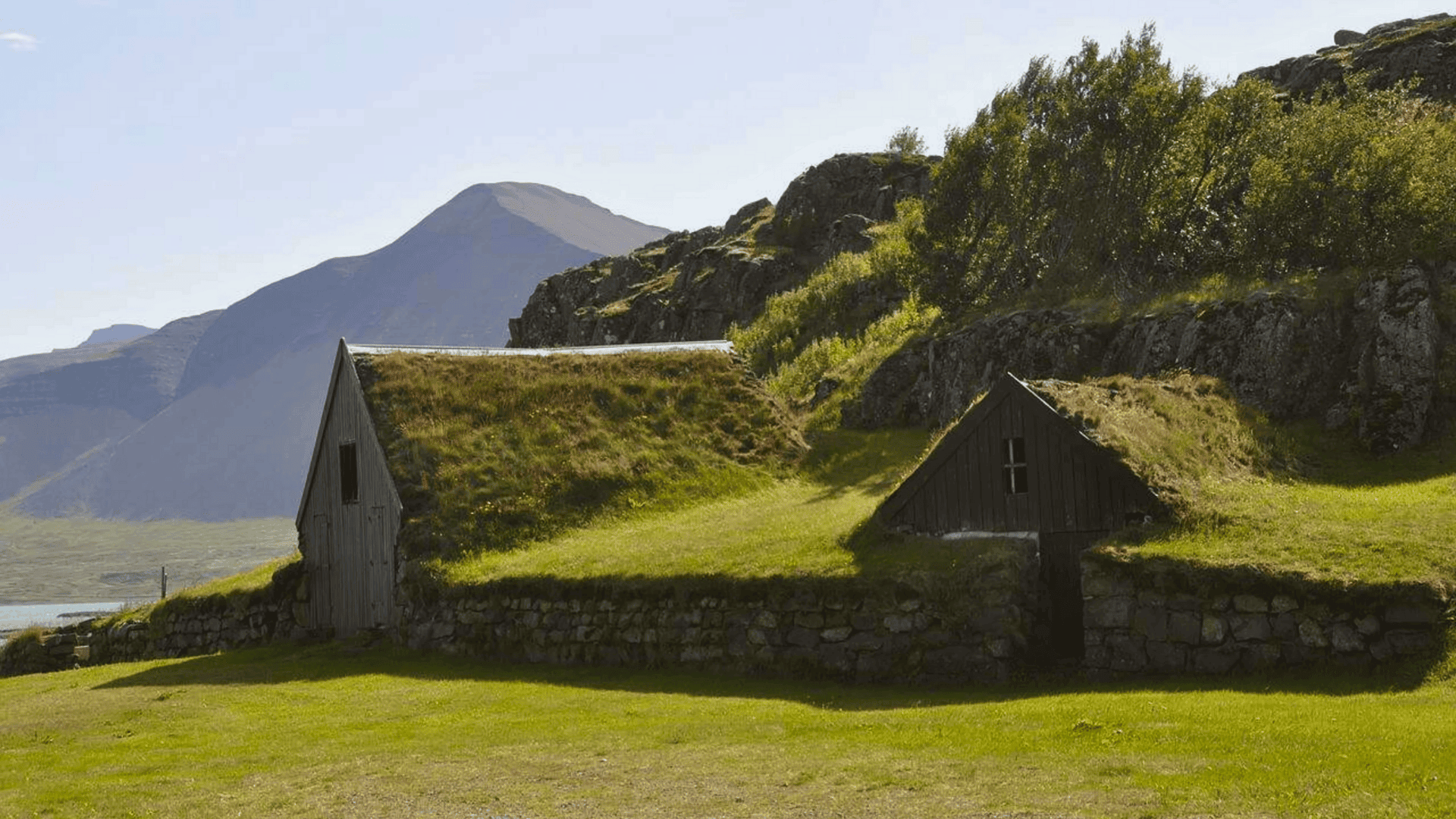
Early Viking settlers built turf homes using Iceland’s natural materials. Around Reykjavik, the remains of these houses show how they adapted to the cold with thick turf walls and simple layouts.
-
Type: Early settler homes
-
Access: Connected to National Museum exhibits
8. Kaupang Settlement (Norway)
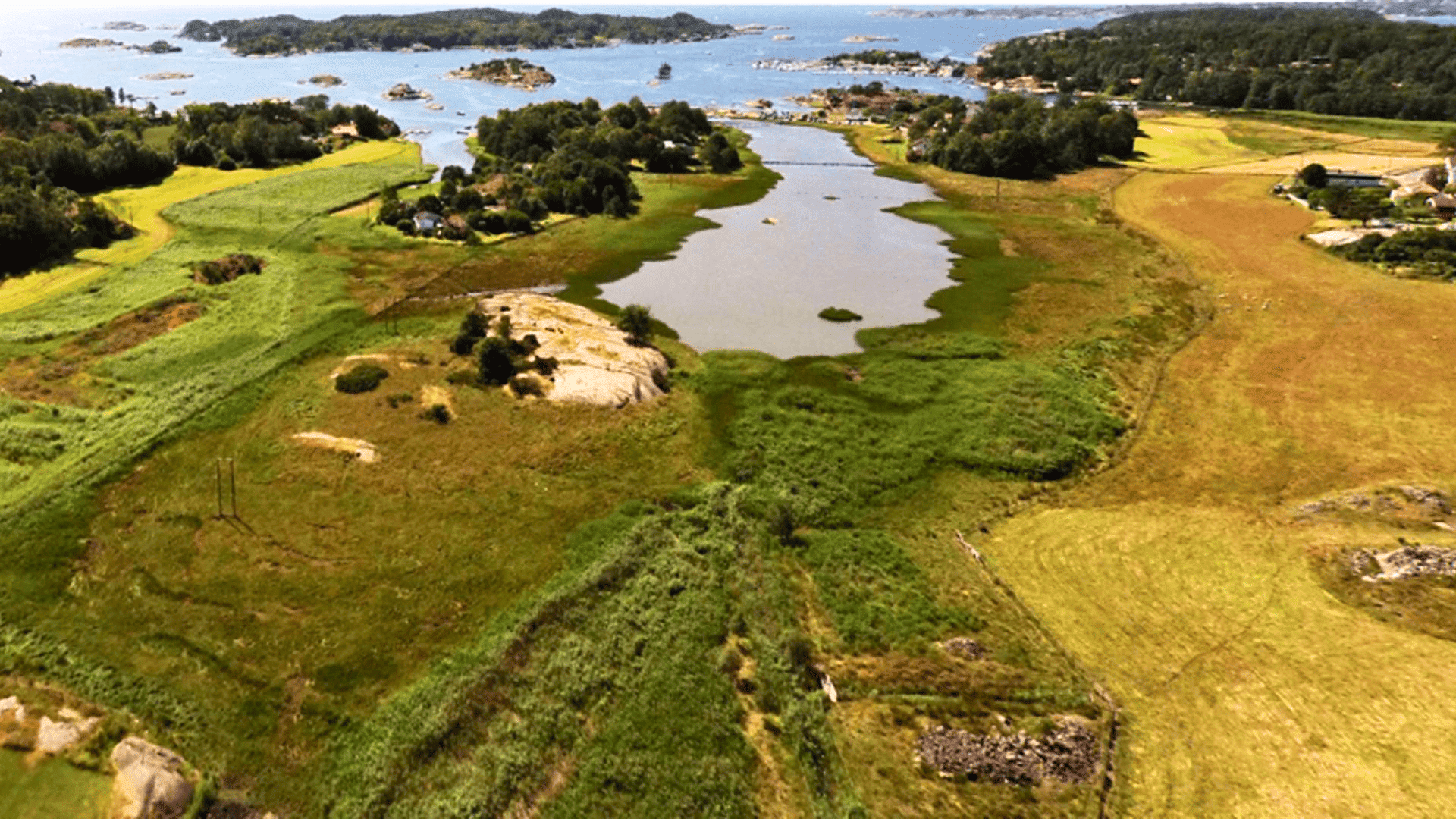
Kaupang was Norway’s first known Viking town. It was a seasonal trade hub with wooden homes and open markets. Today, visitors can walk through the site and view outlines of former buildings.
-
Type: Trading settlement
-
Access: Outdoor site with house markers
9. Borre Mound Area (Norway)
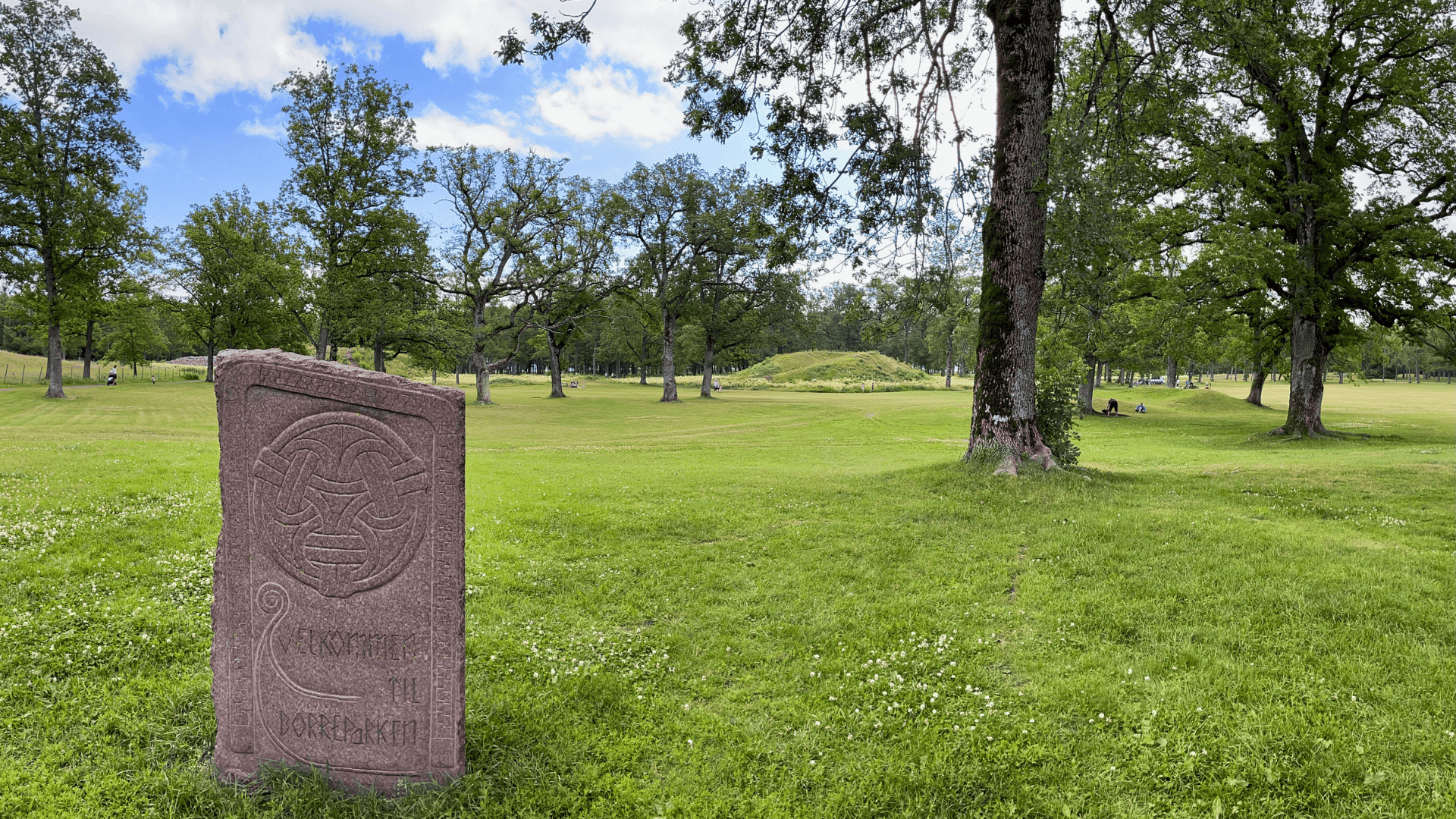
This site includes burial mounds linked to Viking rulers, along with signs of nearby wooden buildings. It may have been a place for both ceremony and elite living. The center nearby helps bring the history to life.
-
Type: Burial-linked structures
-
Access: Historic park with reconstructions
10. Lejre Settlement (Denmark)

Lejre is tied to legends of Danish kings and early Viking leadership. Archaeological finds led to the construction of full-size Viking houses. It now serves as a living history site with activities and learning experiences.
-
Type: Reconstructed royal village
-
Access: Open-air museum with hands-on programs
Inside a Real Viking Home
| Feature | Details |
|---|---|
| Materials Used | Timber, clay, or turf. Thick walls and covered roofs helped keep warmth inside. |
| Shape of Structure | Slightly curved, boat-like shape to help with stability and warmth retention. |
| Interior Layout | Usually one large open room with minimal internal divisions. Wooden screens or curtains were sometimes used for privacy. |
| Sleeping Areas | Raised wooden platforms or built-in benches lined the walls for sleeping. Doubled as seating during the day. |
| Central Hearth | Located in the middle of the room. Used for heating, cooking, and gathering. It was the center of daily family life. |
| Animal Shelter | Animals were brought indoors during cold months to share warmth and protect livestock. |
| Storage Solutions | Built-in shelves and benches were used to store tools, food, and other household items. |
| Indoor Work | In bad weather, activities like weaving, toolmaking, and repairing were done indoors near the hearth. |
| Function of the House | More than just a shelter—Viking homes served as living, working, and social spaces for the whole family. |
Why So Few Viking Homes Survived
Most Viking homes were made using natural materials like wood, turf, wattle, and daub. While these worked well for insulation and quick building, they were not built to last for centuries.
Over time, the wood rotted, the turf collapsed, and the homes slowly disappeared.
The harsh climates in Scandinavia—along with rain, snow, and shifting soil—accelerated this process. Weather wore away rooftops and weakened walls, especially in areas where homes weren’t regularly maintained or reused.
Another reason for their disappearance was cultural change.
As Christianity spread across the region, many Viking settlements were abandoned, buried, or replaced with new structures. Some homes were forgotten, while others were cleared to make room for churches and new towns.
A few sites survived because they were accidentally buried or preserved under layers of soil.
In other cases, archaeologists have rebuilt Viking homes based on foundations and postholes, giving us a chance to see what they once looked like.
Visiting Real Viking Homes Today
When you visit Viking homes today, you’ll see a mix of old ruins and rebuilt houses. Some places have only the stone outlines left, while others have full-size homes rebuilt based on what archaeologists found.
In Norway, the Kaupang site has marked house foundations, showing where Viking buildings once stood. At the Lofotr Viking Museum, you can step into a rebuilt longhouse and imagine what daily life was like.
Many museums also give hands-on experiences. In York, England, the JORVIK Viking Centre takes you through a Viking village with sights, sounds, and even smells from the time.
On the Isle of Man, the House of Manannan shows how Viking and Celtic cultures lived together using life-size rooms and real objects.
Some of the best countries to visit for Viking history are:
-
Norway: Museums and real Viking sites like Oslo’s Viking Ship Museum and the longhouse at Lofotr
-
Denmark: Places like Trelleborg Fortress and the National Museum in Copenhagen
-
United Kingdom: Viking experiences in York, Scotland, and the Isle of Man
-
Iceland: Turf house remains and Viking exhibits in the National Museum of Iceland
Each place offers something different. Some let you walk through real ruins, and others bring Viking stories to life with actors, tools, and activities you can try.
Conclusion
Real Viking houses—both ruins and reconstructions—give us a rare look into how Vikings lived daily.
These homes show their smart use of space and simple tools and how they stayed warm during long, cold winters.
Visiting these sites is one of the best ways to understand Viking life truly. You can stand inside a longhouse, walk where they once walked, and feel connected to a world from over 1,000 years ago.
Have you visited any real Viking houses or plan to see one soon? Drop a comment below and share your thoughts or tips—we’d love to hear from you.

